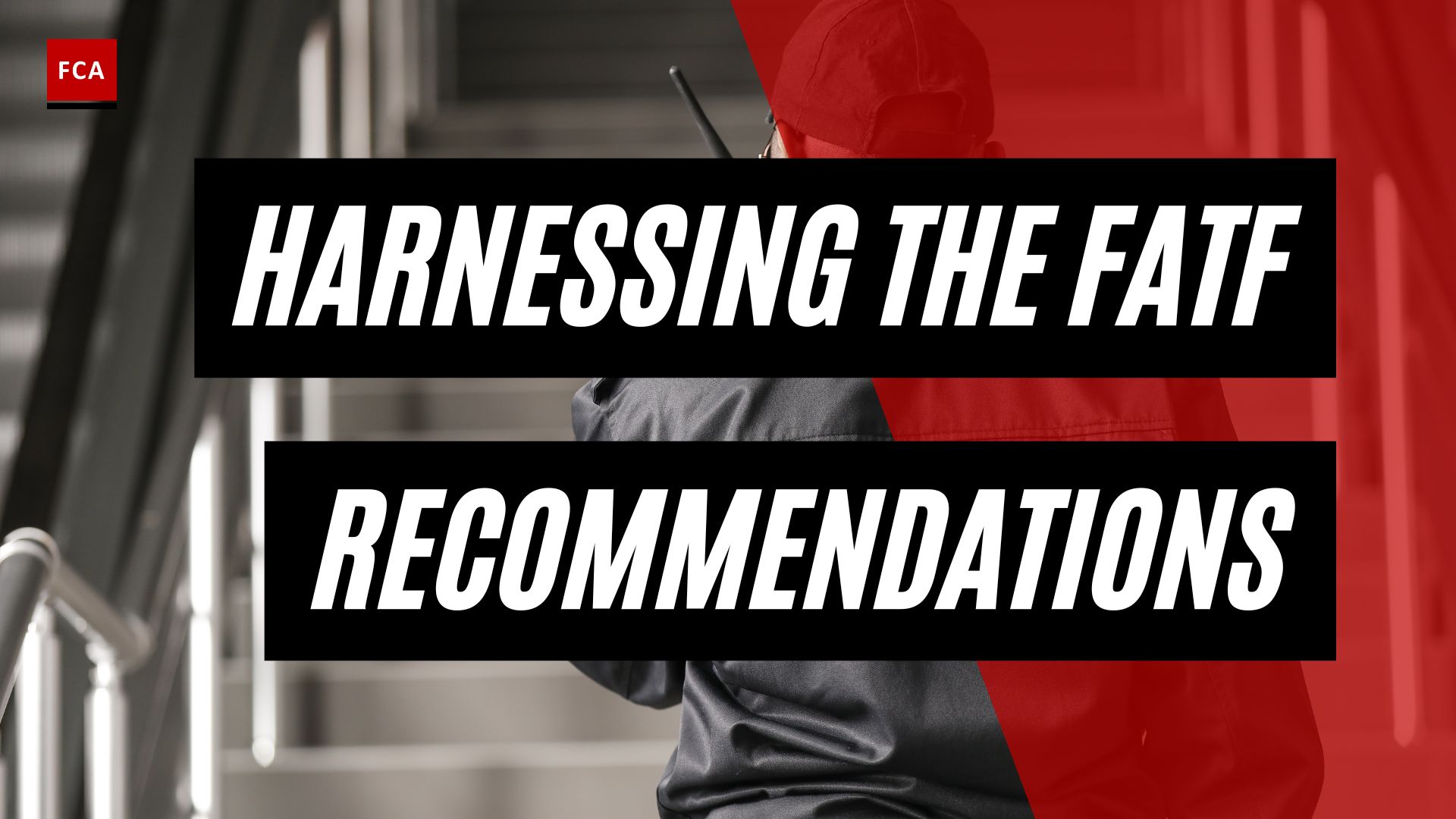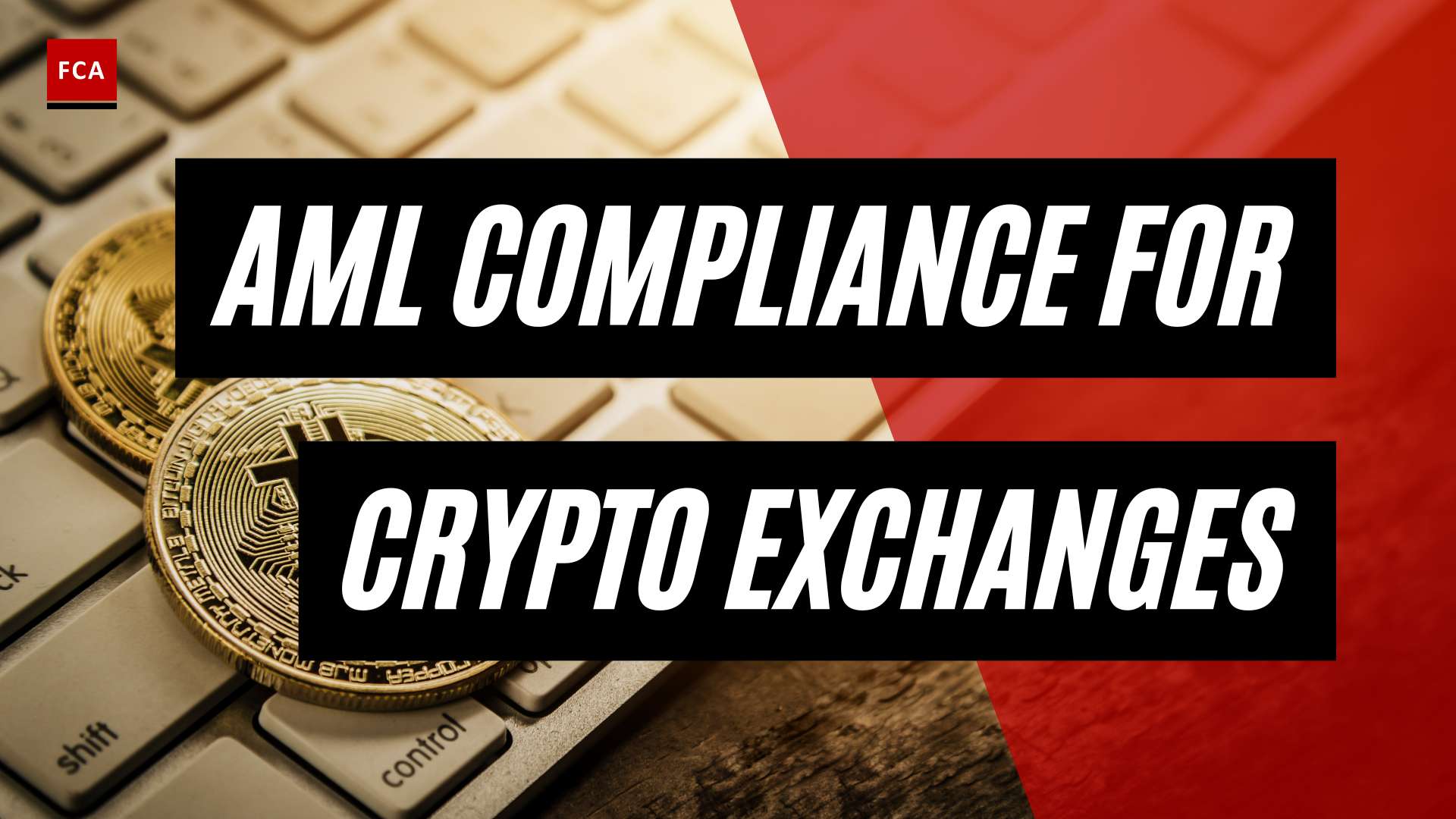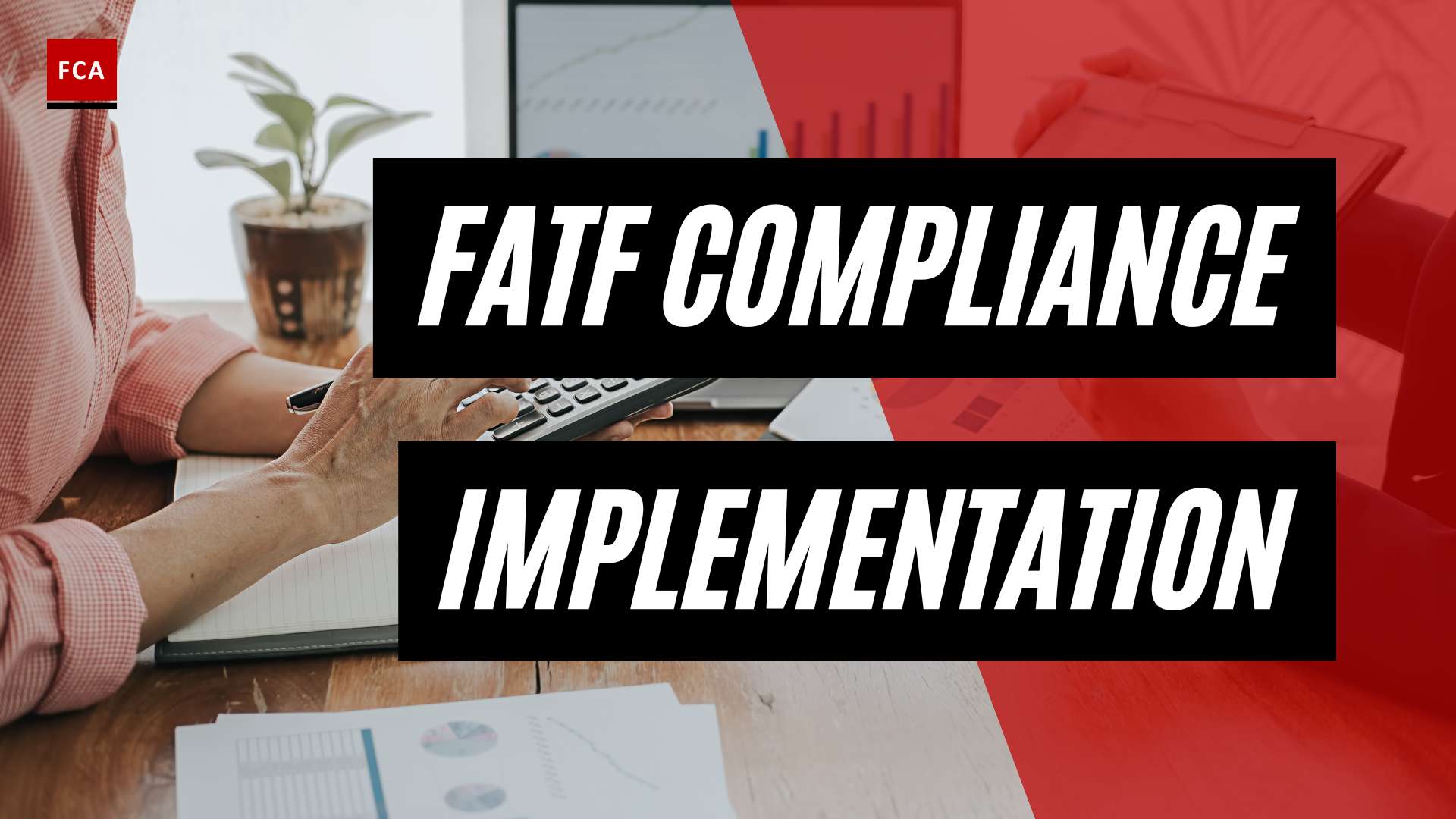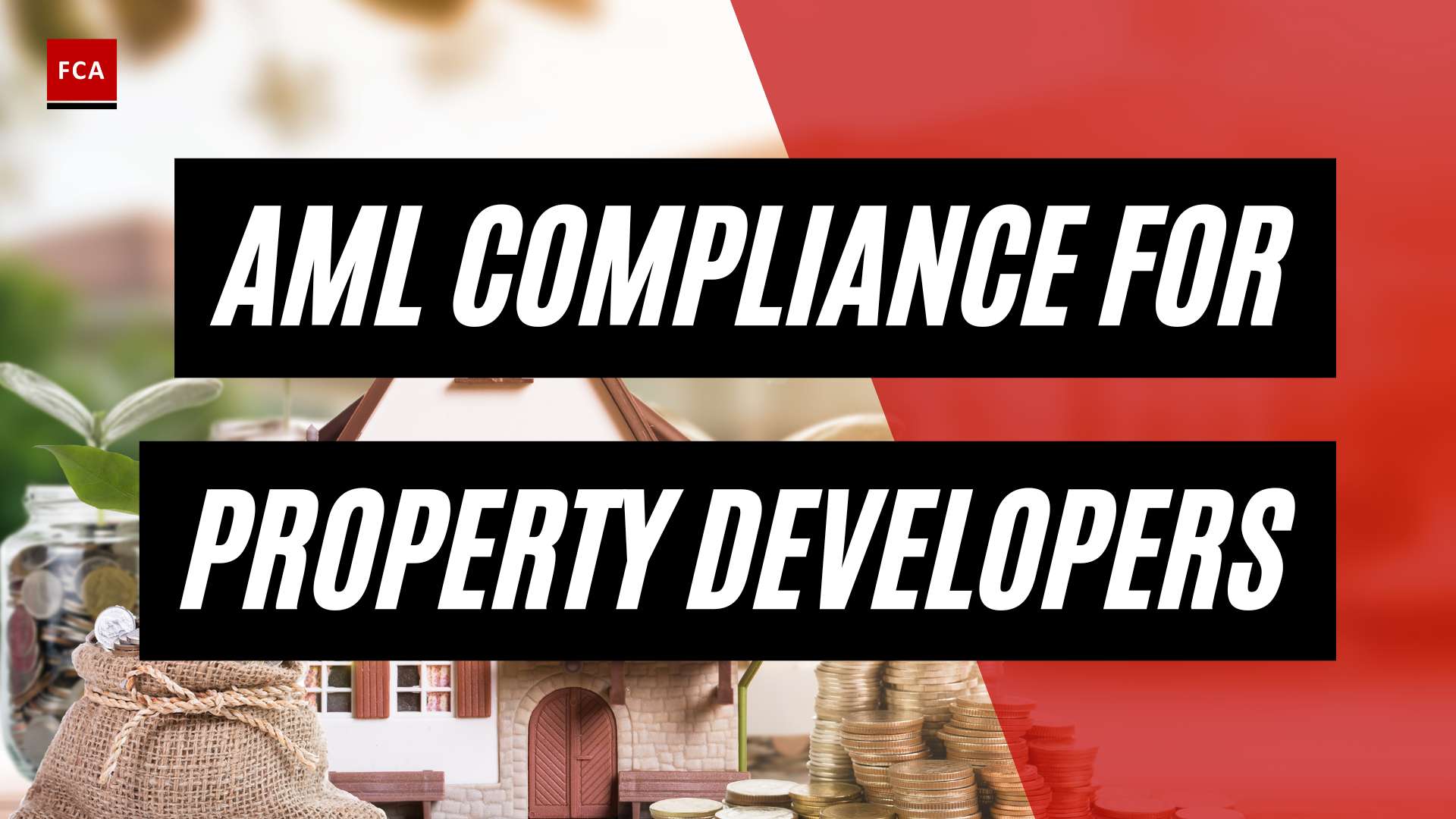The Dark Web and Virtual Assets
In the realm of the internet, there exists a hidden part known as the dark web. The dark web is estimated to be 550 times larger than the surface web, hosting an abundance of data, including illegal activities and trade (KnowBe4 Blog). It functions as an encrypted network, making it difficult to track and monitor user activity.
Understanding the Dark Web
The dark web is a network of unindexed web content that operates through encryption and routing techniques. It originated from the need for secure communication channels in the intelligence community and has since become a tool used by various groups worldwide. While it serves as a platform for free speech and supports law enforcement and government activities, an estimated 70% of dark web activities facilitate illegal transactions and trade.
Role of Virtual Assets on the Dark Web
Virtual assets play a significant role within the dark web ecosystem. Many virtual assets, including cryptocurrencies like Bitcoin, are commonly used for transactions on the dark web due to their perceived anonymity and ease of transferring funds across borders. Cryptocurrencies, in particular, are favored due to their decentralized nature and the ability to conduct transactions without revealing personal information.
Dark web markets offer a wide range of illicit goods and services, such as stolen data, drugs, weapons, hacking tools, malware, counterfeit currency, and personal information. These illicit items are often traded for virtual assets, with Bitcoin being a popular choice (KnowBe4 Blog).
The anonymity and ease of transferring value across borders make virtual assets appealing to cybercriminals. They provide a means of exchange for various types of cybercrime, including money laundering, terrorist financing, drug trafficking, and other illicit activities.
As virtual assets continue to be an integral part of the dark web economy, regulators and law enforcement agencies are actively working to enhance regulations and enforcement efforts to combat their illicit use and prevent financial crime. The fight against money laundering and illegal activities facilitated by virtual assets remains a top priority for authorities worldwide.
Use of Virtual Assets in Money Laundering
Money launderers have increasingly turned to the use of virtual assets to hide and move illicit funds. The anonymity provided by the dark web and the growing popularity of virtual assets have posed significant challenges for anti-money laundering (AML) efforts.
Anonymity of Virtual Assets
One of the key factors that attract criminals to use virtual assets for money laundering is the anonymity they provide. Transactions conducted through virtual assets can be difficult to trace, as they often involve pseudonyms or digital wallets that are not directly linked to individuals’ identities. This makes it challenging for enforcement agencies to track the flow of illicit funds and identify the perpetrators (Chartered Accountants Worldwide).
The use of cryptocurrencies in particular has gained attention in the context of money laundering. Cryptocurrencies operate on decentralized blockchain networks, which provide a level of privacy and security. While the blockchain technology itself is transparent, the true identities behind the transactions can remain anonymous or pseudonymous. This creates opportunities for criminals to exploit the system and launder money.
Challenges for Anti-Money Laundering Efforts
The use of virtual assets in money laundering schemes presents unique challenges for AML efforts. Traditional AML measures, such as the monitoring of financial transactions and the identification of suspicious activities, may be less effective in the virtual asset realm. Regulators and enforcement agencies are faced with the task of adapting their strategies to address the risks posed by virtual assets in the global financial system (Chartered Accountants Worldwide).
One of the challenges lies in ensuring that all parties involved in virtual asset transactions are properly identified. The pseudonymous nature of these transactions makes it difficult to ascertain the true identities of the individuals or entities involved. Regulators are working towards implementing regulations that require the identification of virtual asset users, exchanges, and other service providers, in order to enhance transparency and mitigate the risk of money laundering (Chartered Accountants Worldwide).
Another challenge is the need for international cooperation and information sharing among regulators and enforcement agencies. Money laundering through virtual assets is a global issue that requires collaborative efforts to combat. The Financial Action Task Force (FATF) has developed guidelines for the regulation of virtual assets, emphasizing the importance of cooperation and the sharing of intelligence to prevent illicit financial flows.
In conclusion, the use of virtual assets, particularly on the dark web, has presented significant challenges for anti-money laundering efforts. The anonymity provided by virtual assets and the evolving nature of these technologies require regulators and enforcement agencies to adapt their strategies to address the risks and ensure the integrity of the global financial system. Enhanced identification requirements, international cooperation, and information sharing are crucial in combating money laundering through virtual assets.
Virtual Assets on the Dark Web
In the realm of the dark web, virtual assets play a significant role in facilitating illicit activities and money laundering schemes. Cryptocurrencies, in particular, have become a popular choice for transactions on the dark web due to their perceived anonymity and ease of transferring value across borders. Let’s explore the connection between cryptocurrencies and the dark web, as well as the illicit activities often associated with virtual assets.
Cryptocurrencies and the Dark Web
Cryptocurrencies like Bitcoin, Ethereum, and Monero are commonly used on the dark web. Their decentralized nature and cryptographic security make them attractive for anonymous transactions (Alessa). The dark web markets offer a wide range of illicit goods and services, including stolen data, drugs, weapons, hacking tools, malware, counterfeit currency, and personal information, all traded for virtual assets like Bitcoin.
One of the key advantages of cryptocurrencies is the perceived anonymity they provide. While transactions are recorded on a public ledger called the blockchain, the identities of the transacting parties are often pseudonymous. This makes it challenging for law enforcement agencies to trace and link transactions to specific individuals.
Illicit Activities and Virtual Assets
The dark web is notorious for hosting illicit activities, with an estimated 70% of its activities facilitating illegal actions. Virtual assets, including cryptocurrencies, are seen as a valuable means of exchange on the dark web and are frequently used to facilitate various illicit activities, such as money laundering, terrorist financing, and drug trafficking.
Money laundering, in particular, has become a common misuse of virtual assets on the dark web. Criminals exploit the perceived anonymity and borderless nature of cryptocurrencies to obscure the origins and destinations of illicit funds. By converting illicit funds into virtual assets and conducting transactions on the dark web, money launderers aim to obfuscate the illicit source of the funds and integrate them into the legitimate financial system.
The rise of virtual assets has presented significant challenges for anti-money laundering (AML) efforts. Traditional AML frameworks, designed primarily for fiat currencies, often struggle to keep pace with the rapidly evolving landscape of virtual asset laundering methods. Regulators and enforcement agencies are grappling with the need to adapt their approaches to effectively combat these emerging risks.
Understanding the connection between virtual assets and the dark web is essential for professionals working in compliance, risk management, anti-money laundering, and anti-financial crime. By staying informed about the latest trends and techniques employed by criminals in this realm, professionals can better protect their organizations and contribute to the ongoing efforts to combat money laundering and illicit activities associated with virtual assets.
Law Enforcement Efforts and Regulations
Law enforcement agencies and regulators are actively working to combat financial crimes on the dark web, particularly those involving virtual assets. Their efforts aim to disrupt illicit activities and enhance the safety and integrity of the financial system.
Combatting Financial Crimes on the Dark Web
Law enforcement agencies and cybersecurity experts are continuously working to track and dismantle illegal operations that leverage virtual assets for illicit transactions KnowBe4 Blog. They employ various strategies to identify and apprehend individuals involved in money laundering and other financial crimes on the dark web.
To combat the anonymity and encryption that the dark web and virtual assets provide, law enforcement agencies worldwide are developing strategies to track virtual asset transactions and monitor digital communications Check Point. These efforts involve collaboration between national and international agencies, sharing intelligence, and using advanced technologies to disrupt criminal networks operating in cyberspace Interpol Assessment Report.
One notable successful operation involved the takedown of one of the largest cryptocurrency laundering operations on the dark web. It was conducted by law enforcement agencies in the US, with support from the German Federal Criminal Police and agencies from Luxembourg and the Netherlands. This operation resulted in the seizure of $7 million in cryptocurrency Europol. Such actions demonstrate law enforcement’s increasing focus on combating illicit financial activities online.
Guidelines and Cooperation for AML
Regulators and enforcement agencies are actively working to enhance regulations and cooperation to combat the illicit use of virtual assets on the dark web and prevent money laundering. The Financial Action Task Force (FATF) has developed guidelines for the regulation of virtual assets. These guidelines emphasize the need for identifying all parties involved in transactions and monitoring suspicious activities to combat illicit financial flows Chartered Accountants Worldwide.
To effectively combat financial crimes involving virtual assets on the dark web, enhanced cooperation at both national and international levels is crucial. Authorities need to share intelligence, utilize advanced technologies, and work together to disrupt criminal networks operating in cyberspace Interpol Assessment Report. This collaboration ensures a more comprehensive approach to combating money laundering and other financial crimes related to virtual assets.
By combining law enforcement efforts, regulatory guidelines, and international cooperation, authorities aim to prevent money laundering, protect the financial system, and maintain the integrity of virtual asset transactions even in the dark web environment. These ongoing efforts serve as crucial safeguards against the misuse of virtual assets for illicit activities.
Risks and Challenges
As the use of virtual assets grows on the dark web, it gives rise to various risks and challenges. Two significant concerns are the anonymity and tracking of virtual asset transactions, as well as the increase in virtual assets’ involvement in dark web criminal activities.
Anonymity and Tracking Virtual Asset Transactions
One of the key attractions of virtual assets, such as cryptocurrencies like Bitcoin, Ethereum, and Monero, is their perceived anonymity. Transactions made with virtual assets on the dark web can be difficult to trace, making it challenging for law enforcement agencies and financial institutions to identify and track illicit funds (Chartered Accountants Worldwide).
The decentralized nature of virtual asset transactions, facilitated by blockchain technology, adds another layer of complexity. Blockchain records transactions in a distributed ledger, making it publicly accessible but pseudonymous. While transactions can be viewed, tracing them back to the individuals involved can be challenging without additional information or cooperation from virtual asset service providers.
Regulators and financial institutions are continuously working to enhance their ability to detect and investigate suspicious transactions involving virtual assets. Advanced analytics and technologies are being employed to identify patterns and anomalies, helping to mitigate the risks associated with the anonymity of virtual asset transactions.
Rise of Virtual Assets and Dark Web Criminal Activities
The dark web, estimated to be 550 times larger than the surface web, hosts an array of illicit activities, with virtual assets playing a significant role in its economy. An estimated 70% of dark web activities facilitate illegal activities, highlighting the prevalence of illicit transactions and trade within this hidden part of the internet.
Dark web markets offer a wide range of illegal goods and services, including stolen data, drugs, weapons, hacking tools, malware, and counterfeit currency. These items are often traded for virtual assets like Bitcoin. The use of virtual assets on the dark web poses significant challenges for anti-money laundering (AML) efforts, as it facilitates the financing of criminal activities such as money laundering, terrorist financing, and drug trafficking.
The rise of virtual assets has created a new frontier for criminals to exploit, enabling them to fund and support various types of cybercrime, including ransomware attacks, distributed denial-of-service (DDoS) attacks, and the sale of stolen personal data on the dark web. The increasing involvement of virtual assets in dark web criminal activities necessitates the continuous adaptation and improvement of AML measures to combat these evolving threats.
To address these risks and challenges, regulators and law enforcement agencies are actively working to enhance regulations and enforcement efforts. Collaborative efforts from governments, financial institutions, and virtual asset service providers are crucial in combating the illicit use of virtual assets on the dark web and preventing financial crime. By improving transparency, implementing robust AML frameworks, and fostering cooperation, the fight against money laundering and other financial crimes can be strengthened.








